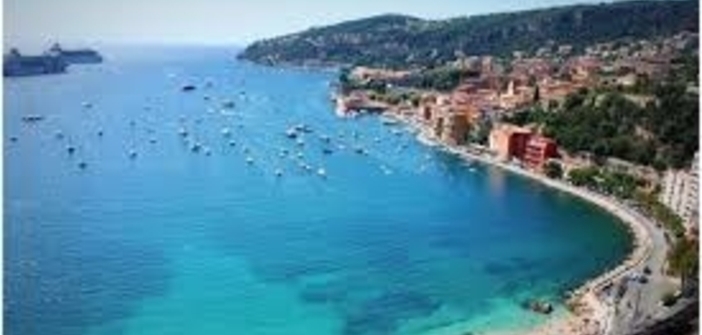This village is located at the confluence of the Siagne and the Beal rivers, dominated by Le Grand-Duc, a hill peaking at 476 meters above sea level. The flora consists mainly of forests: cork oaks, pines, and mimosas.
The first mention of the place was made in 1155 as Pegomacium, from Pégue, meaning glue in Provençal, a name that would become Pégomas. Resin and pitch were extracted in the Middle Ages. The village, like most of the region, was deserted between the 14th and 16th centuries due to epidemics and wars.
The abbot of Lérins, lord of the fief, repopulated Pégomas after 1573 with families from Piedmont. These Piedmontese introduced rice cultivation, as the then marshy lands were conducive to this very flourishing activity in the Po Valley. Today, Pégomas is mainly dedicated to horticulture, with its proximity to Grasse, providing numerous outlets for the perfumeries of Grasse.
The Mul family, horticulturalists from Pégomas, produces flowers for Chanel: jasmine, May rose, iris, tuberose, and geranium, five flowers that might be the secret of the composition of the famous number ‘5’.
The parish church dedicated to Saint Peter dates from the 18th century. It houses frescoes from the 16th and 17th centuries, as well as a painting by Vanloo (1). While we mentioned Chanel, we must not forget the mimosa. As early as the end of January, it sets the hills and the nearby Tanneron ablaze with the awakening of nature, heralding spring after the cold of winter.
Thierry Jan


